Campanile (1924)
“The Campanile is a metaphor for UNI and what we are all about. The University of Northern Iowa provides a very solid foundation through the education students receive here that allows our graduates to chase their dreams, to reach for the sky and create a life that enhances the lives of the people around them. The solid granite base of the Campanile is much like the education one receives at UNI. It provides the solid foundation upon which the Campanile reaches into the sky and counts the passing of time, and the Carillon provides the music that enhances the lives of everyone around campus.” - UNI President Mark Nook, 2018
The tradition of campaniles goes back well over a thousand years. Usually, a campanile served as a bell tower for a nearby church. The root of the word campanile is the Late Latin campana, meaning bells. The earliest campaniles were cylindrical: the so-called Leaning Tower of Pisa is a modified example of the round based style. Later, campaniles tended to have square bases. Perhaps the best known classic versions are the soaring, 324 foot tall Campanile in St. Mark's Square in Venice and the Campanile di Santa Maria del Fiore, better known as Giotto's Campanile in Florence.

Interest in building campaniles revived in the nineteenth century. Sometimes these later campaniles would still be associated with a church. However, campaniles were also built either freestanding or attached to commercial, industrial, government, and collegiate buildings. There are several campaniles in the Midwest: for example, the 1897 structure on the Iowa State University campus and the much more recent Henningson Campanile built in 1988 on the University of Nebraska at Omaha campus.
The UNI Campanile was ultimately the result of almost twelve years of planning and work. Over the course of the Iowa State Normal School's history, graduating classes often collected money to purchase small gifts for the institution. These gifts included such things as a fossil for the Museum, art reproductions, a plaque, or a set of chairs. The Classes of 1912, 1913, and 1914 raised the bar when they donated enough money to build decorative gateways along College Street.
There were even greater things in store. When alumni came to campus for their annual meeting at Commencement in June 1914, Alumni Association President Fred Sage appointed a committee to "consider the matter of erecting a suitable memorial in behalf of the faculty, graduates, students, and friends of the institution." The committee, consisting of prominent alumni Charles Meyerholz, Bruce Francis, Emma Lambert, Mrs. C. H. Wise, and Charles A. Fullerton, studied the matter and a few months later recommended the building of a "grand and inspiring memorial in the form of a beautiful campanile." The base of the memorial would be twenty feet square; the tower would be one hundred feet tall with a large clock near the top. It would cost $12,000.
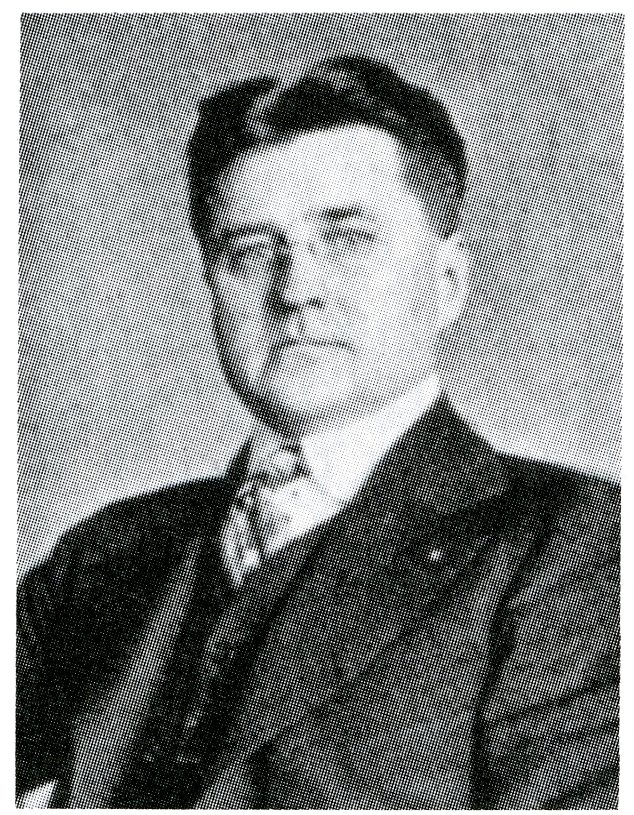
The idea of the memorial was officially presented to students on October 19, 1914, when Professor Charles Meyerholz, Class of 1898, presided over an excited audience of more than one thousand students in the auditorium of what is now Lang Hall. Professors Ida Fesenbeck and David Sands Wright, former Board member Roger Leavitt, and alumna Emma Ridley Colegrove spoke strongly in favor of the project. President Homer Seerley echoed their thoughts and appealed to all students, former students, faculty, and even Training School pupils to consider giving at least something toward the memorial so that they all could feel that they had been a part of the grand structure.
Despite the initial enthusiasm for the project, matters were quiet for awhile. Students kept the memorial in mind, but it was not until May 1915 that anything substantial happened: the Class of 1915 pledged one per cent of their salary for the coming year to the Campanile fund. While the class did not quite meet its goal, they did raise about $1000, mostly in pledges. A year later, in May 1916, the student newspaper, the College Eye, noted Professor Meyerholz's report that contributions, ranging from $5 to $100 were coming "in a very satisfactory way". The newspaper challenged the Class of 1916 to match or exceed the Class of 1915 in supporting the Campanile. Apparently, the Class of 1916 did not establish a particular fundraising goal for its class gift. However, it did decide to direct whatever funds it collected to the Campanile, rather than to a smaller gift.
By the time that the United States entered World War I in April 1917, Professor Meyerholz reported that about $5000 had been pledged to the Campanile fund. There were no special attempts to raise money during the war; people's attention and money were directed to the war effort. But following the war, when the project came back to life, it took on a new aspect. From its inception, the Campanile seems to have been conceived as a memorial to the students, faculty, and founders of the school. But in the wake of the national sacrifice of the war, the climate for a memorial changed. Across the country, communities and organizations were planning buildings, freestanding memorials, parks, and other public expressions of gratitude to remember those who had served in the war.
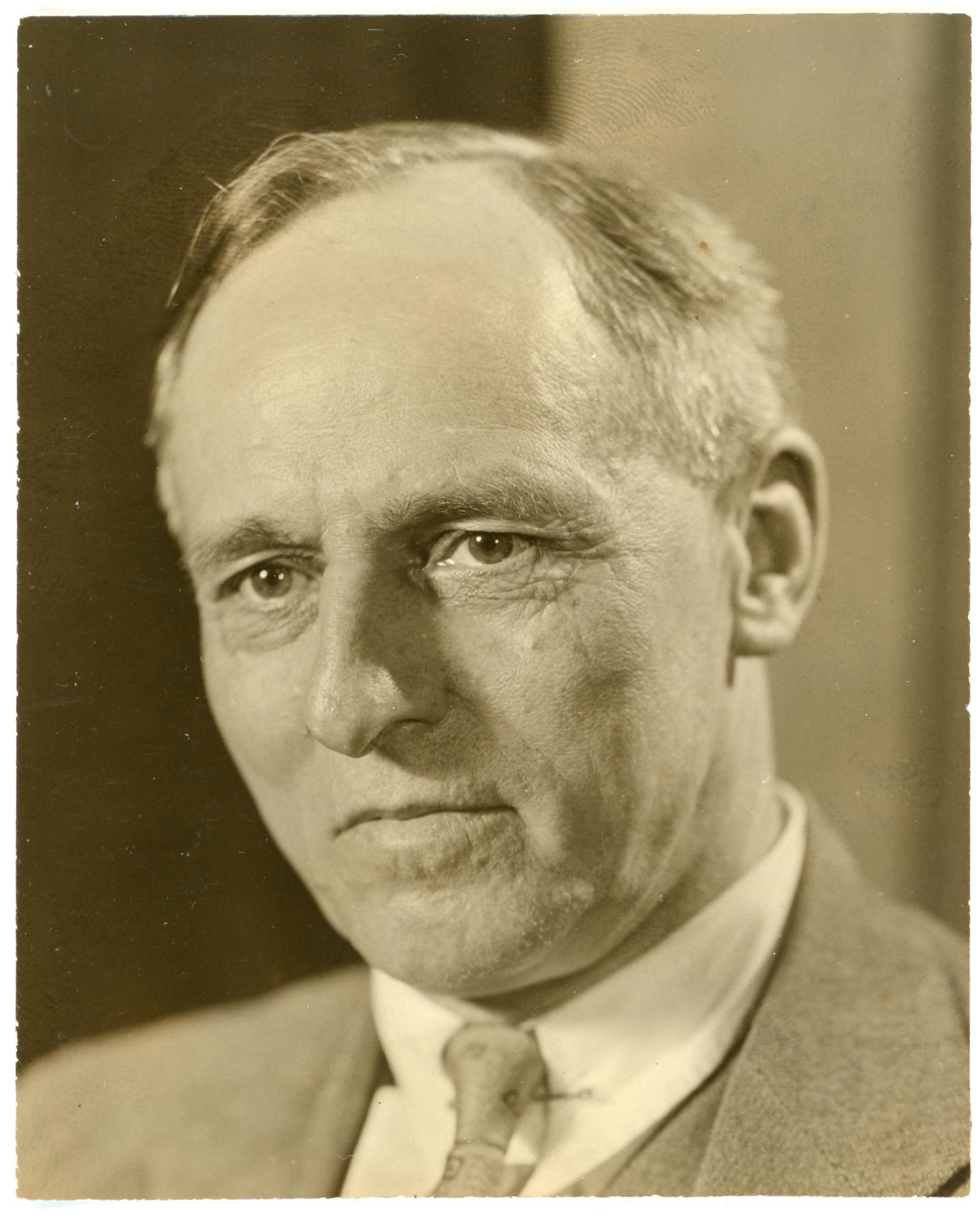
The Iowa State Teachers College was no exception to this patriotic spirit. A headline in the February 19, 1919, issue of the College Eye declared:
Campanile Proposed as Memorial to War Efforts; Every Alumnus, Student, Teacher,
and Friend Should Rally to Support of College
The plans and the price tag were still the same, but the motivating spirit had changed. The article solicited contributions, however small, from everyone who had ever had a connection
with the school. It promised that there would be careful accounting of all contributions and that the records of those contributions would be open to the public. The location of the Campanile was initially planned to be near College Street, between the President's House and the College Hospital, now known as the Honors House. Plans in the spring of 1919 indicated that the memorial could be completed within two years.
In June 1919, the Alumni Association, always the driving force behind the Campanile, was looking at designs for the memorial. They hoped to get construction under way in the fall. The Committee, consisting of Charles Meyerholz, Charles A. Fullerton, Sara M. Riggs, Emma Lambert, Mrs. C. H. Wise, and Benjamin Boardman, requested that everyone make a donation to the project.
However, pledges, often made in the spirit of the moment, are one thing; cash can be a different thing. Money barely trickled in. The Class of 1918 donated $15.80. Alumni contributed $1, $2, or $5, with total quarterly contributions sometimes under $50. Bigger numbers were clearly necessary. Consequently, the Alumni News Letter of April 1, 1920, took on a tone that was different from its earlier appeals for nickels, dimes, and quarters. It stated, "Remember that $1.00 and $2.00 subscriptions will never build the Campanile but that $10.00 and $20.00 subscriptions will build it." Designated faculty members would canvass their departments for contributions. The newsletter also presented a sketch of the proposed memorial.


The Student Council made a strong push for contributions that spring. The Philomathean Literary Society donated $25. A student mass meeting resulted in 315 students pledging a total of $1950, with more student pledge cards still to be turned in. At that point, in May 1920, about $10,000 had been pledged, with about $2100 in pledges that had actually been paid. By July the total cash in the fund was about $2800. By September the total was about $3000. Officials hoped that construction could begin in the spring of 1921. In April 1921 the total had reached $3200. That spring there was another campaign to raise additional money, and, indeed, much more money would be needed. A brief article in the College Eye in the spring of 1921 stated that the cost of the project had risen to $40,000. But only about $3500 in cash had been collected.
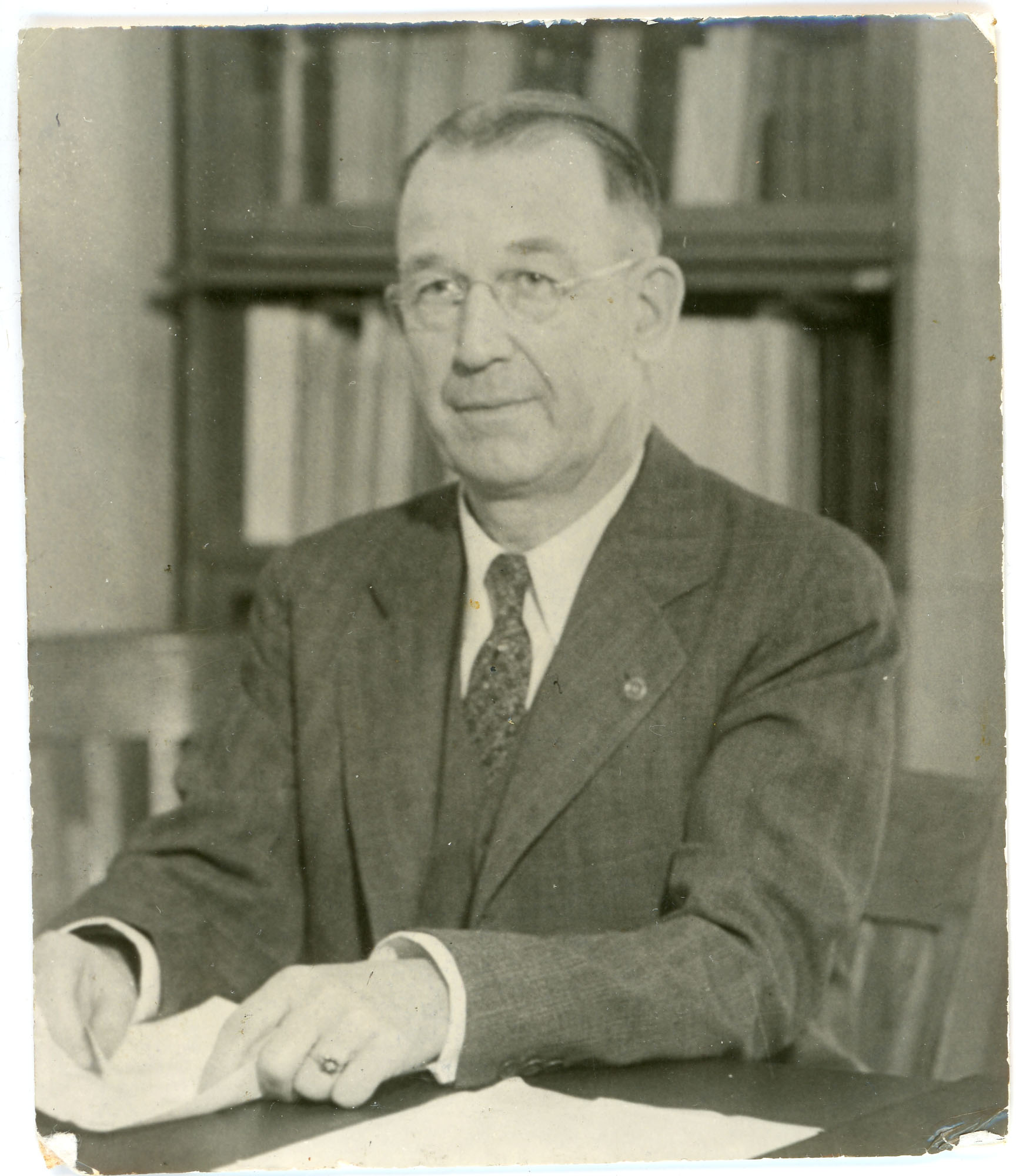
The fundraising campaign then ran into an obstacle which, like the war, was out of their control: economic hard times. The early 1920s were very difficult, especially for a local economy that depended on agriculture. Most people had no money to spare. The subject of the Campanile just about disappeared from campus publications for about a year and a half. In October 1923 there was still less than $5000 in cash in the fund. And construction costs continued to rise. Consequently, in 1924, the Alumni Association appointed a new Campanile Committee headed by Albert C. Fuller, Associate Director of the college Extension Service.
The new committee established clear goals and even adopted a slogan: "A Campanile for I. S. T. C. in 1926". That year would be the fiftieth anniversary of the college and the fortieth anniversary of the presidency of Homer Seerley. It would certainly be an appropriate occasion for a memorial. Professor Fuller announced a fundraising banquet for local alumni. Professor Alison Aitchison persuaded the Class of 1924 to donate all of their surplus funds to the project. She, along with Professor Harry Eells and Secretary Benjamin Boardman, brought a model of the Campanile into chapel and gave "peppy talks" to the assembled students.
Once again, pledges, but not a great deal of cash, rolled in. Faculty of the college were among the significant contributors. The cost of the project had now risen to about $50,000. The Committee said that it would proceed with construction when the cash level reached $10,000. In May 1926 the College Eye "Inquiring Reporter" asked students if they thought that the Campanile money could be better spent on something else. One student thought that the Campanile was "the bunk." Another thought that the money would do more good in the Student Loan Fund than in an "expensive, ornamental, and useless building." But others liked the Campanile and what it represented. To some extent, this division of opinion was similar to what people thought before the construction of another campus icon, the UNI-Dome, fifty years later.

The pace of fundraising did pick up. In June 1924, the Alumni Association received estimates for the project: $20,000-$25,000 for brick and stone; $12,000 for the clock; and about $15,000 for a 13-15 bell chime. Odd, but substantial, bits of cash came in. A fund set up many years earlier for student entertainment was dispersed, with half, $510, going to the Campanile and half to the Student Loan Fund. The Spring Music Festival Committee had $1000 ready to contribute as soon as construction began. The Minnesingers Glee Club presented a benefit performance for the Campanile to a full house in the Auditorium.
An Alumni Council was formed to push the project across the state. On September 30, 1924, Robert Fullerton, a noted tenor and former music faculty member, returned to campus to perform; also on the program was the new head of the Orchestral Music Department, Edward Kurtz, in his campus debut performance on the violin.
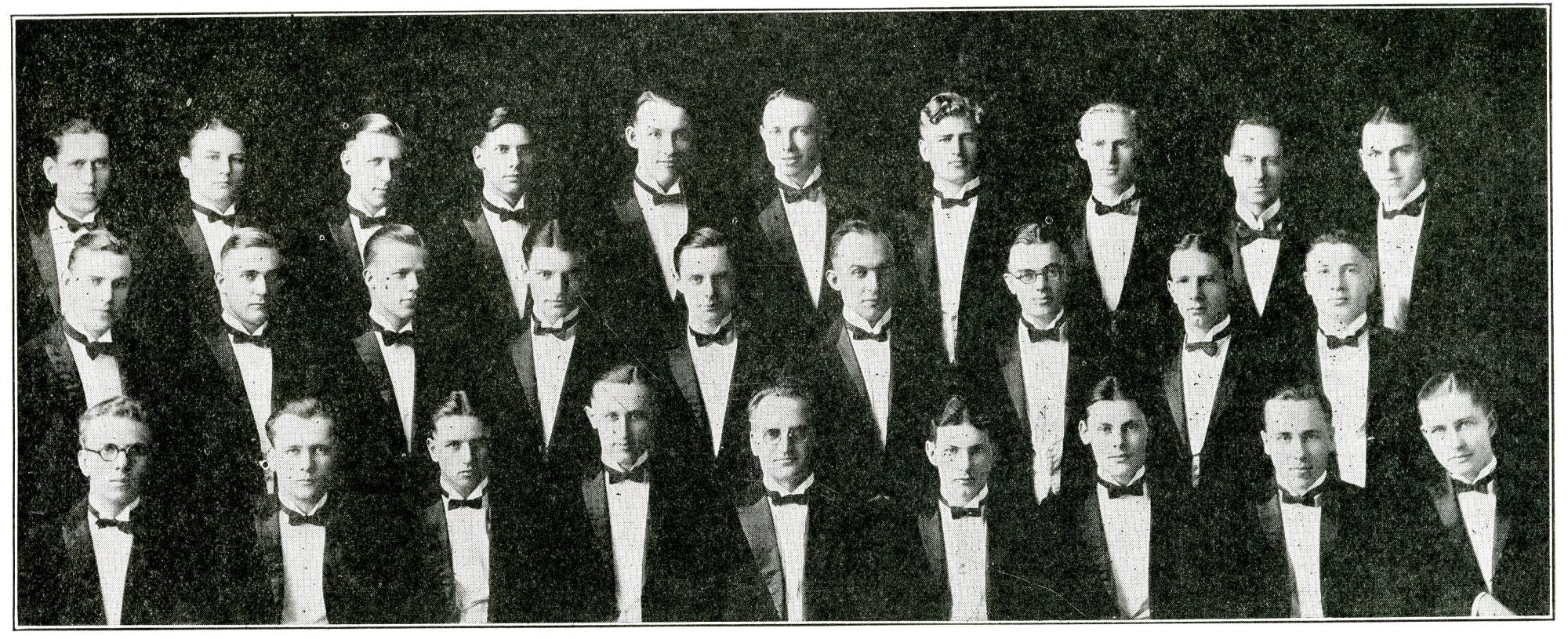
Proceeds from this performance, amounting to over $160, went to the Campanile fund. By mid-October 1924, the cash level was at about $6800 and pledges totaled $20,500. At long last, supporting the Campanile with cash and substantial pledges had become the correct thing to do.
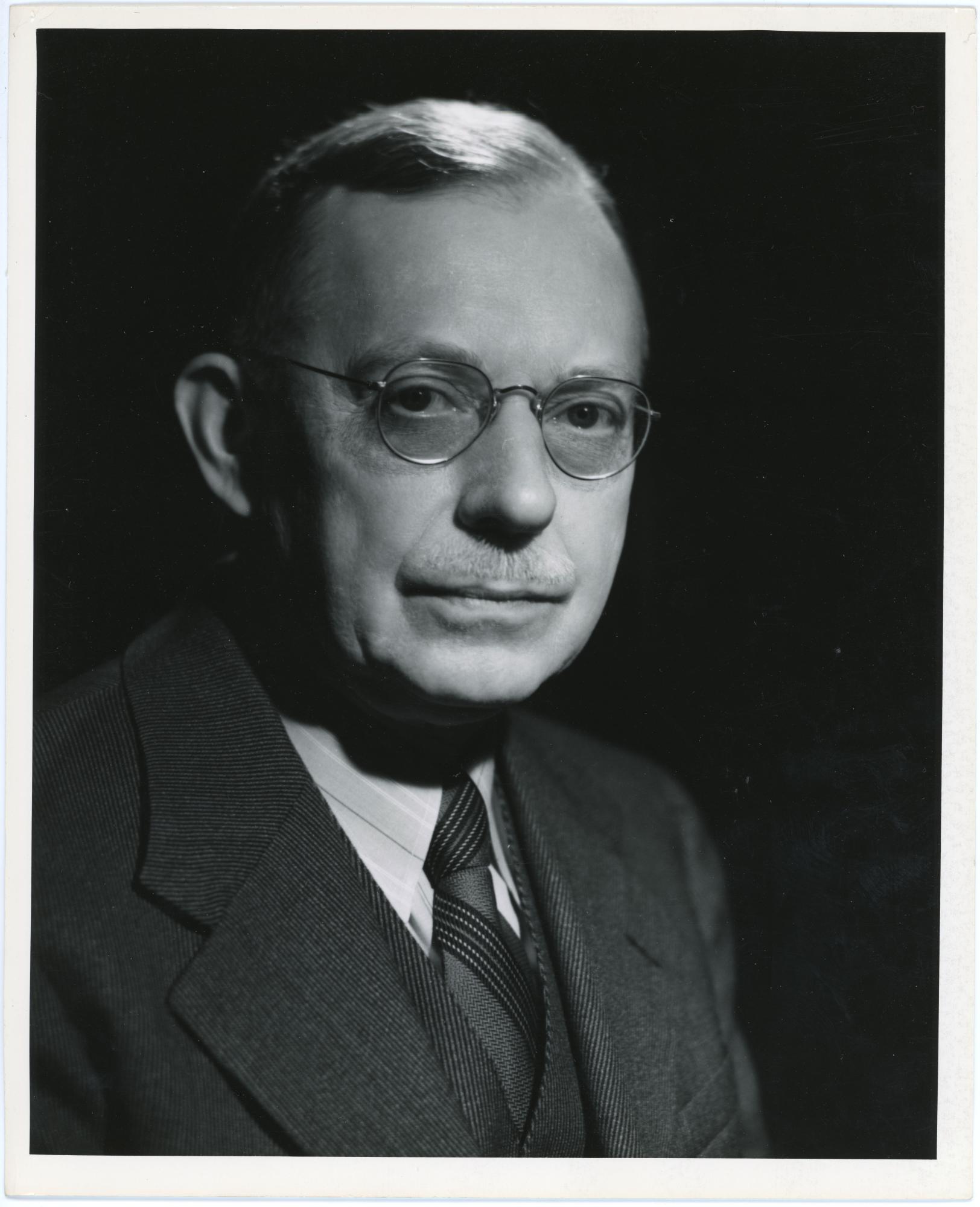
The Campanile Committee took confidence in this level of cash and pledges. They asked the Board of Education for permission to proceed with the construction of the Campanile. The Board gave permission and appointed a committee from its own membership to work with the Campanile Committee to select a site, supervise construction, and manage finances. The group moved quickly. Some years earlier the proposed site had been on the eastern edge of campus, along College Street and near the President's House. But since that time, the school had acquired forty acres of land on the western edge of campus and extending to Hudson Road. The group chose a site close to the middle of the newly-expanded campus. In retrospect, this was a wise choice. It is hard now even to imagine how the Campanile, a one hundred foot tall spire, would have looked along College Street, crowded by other buildings and adjacent to considerable vehicle traffic. There would have been almost no way to get a clear visual perspective on the soaring structure. The wonderful archive of photographic and iconic images of the Campanile that has accumulated over the years would not have been possible.
The groundbreaking ceremony took place at 3:30PM on Tuesday, November 18, 1924. According to the College Eye, the senior class, led by the College Band, marched from the Auditorium steps to the building site. Hundreds of students and many faculty members joined the group. Mrs. David Sands Wright (nee Eliza Rawstern), a member of the first four year graduating class of the Normal School in 1880, turned the first shovelful of soil.
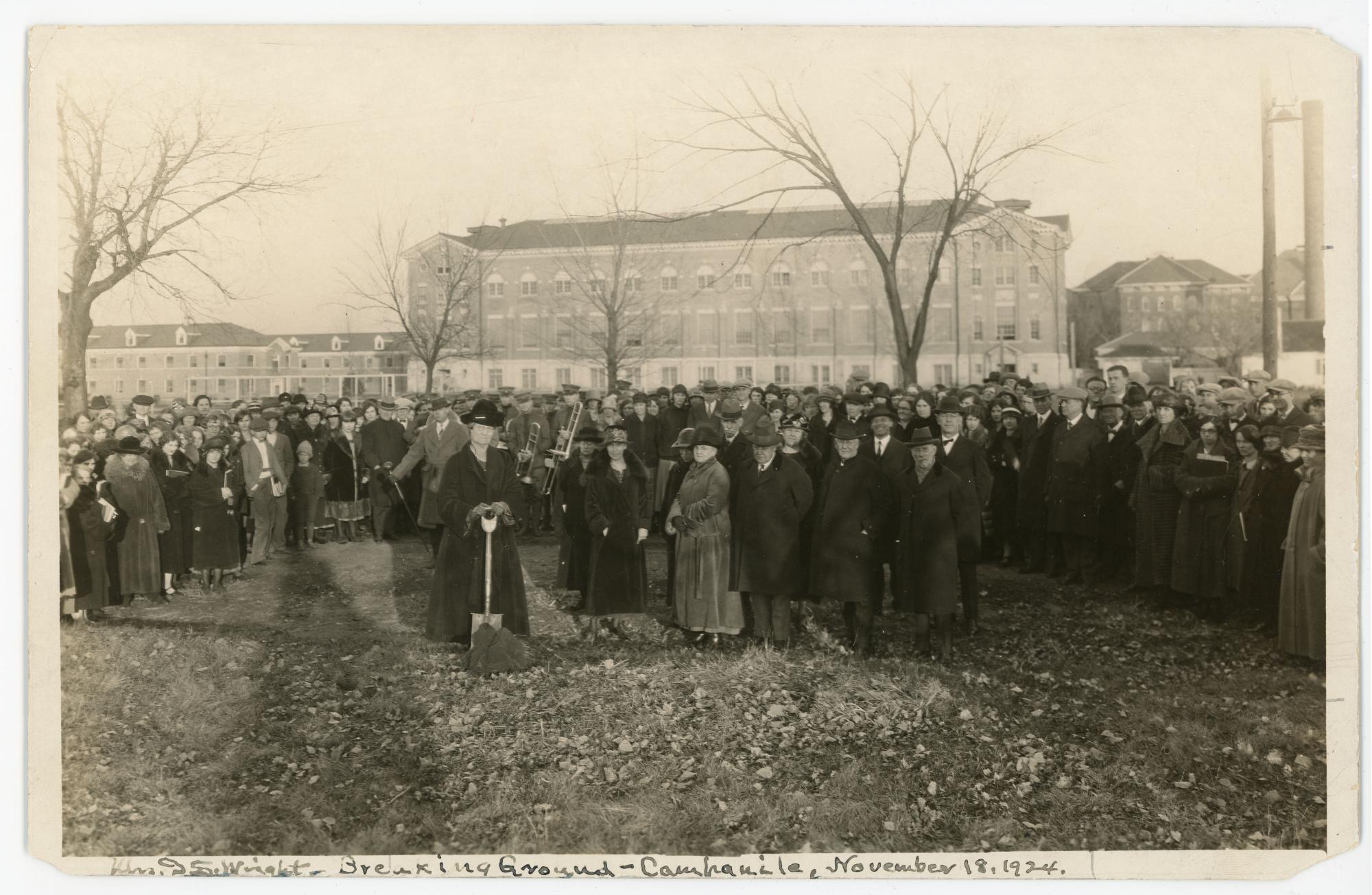
The group sang the ISTC Loyalty Song. Committee head A. C. Fuller spoke and the group dispersed on what the photograph above indicates was a chilly mid-November day.
The Campanile Committee probably felt relieved, at least for the moment. The Board of Education had accepted the project, the State Architect was working on the design, and ground had been broken. But, with only about half of the needed $50,000 in hand or pledged, they still had a lot of money to raise. The Committee had big plans. In December 1924 they announced that there would be a special radio broadcast over WSUI on February 17, 1925. Alumni groups were urged to arrange banquets and reunions for ISTC alumni at convenient locations around and outside Iowa at the time of the broadcast. The program would originate in the Auditorium, where the Minnesingers would sing the old songs and President Seerley and others would talk about the Teachers College. They especially hoped to heighten interest in the Campanile project.
The broadcast went well, and the response was remarkable. People in over twenty states, as well as Canada, reported that they had heard the broadcast. And, just as important, the cash total rose from about $8000 to about $14,000 in a few months.
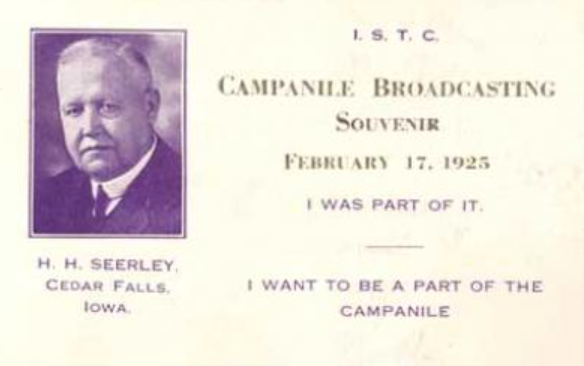
Just a month after the broadcast, the college received a gift that may well have assured the completion of the Campanile. Earlier, committee head A. C. Fuller had learned that a famous clock mechanism would be given to "the institution or municipality that could afford it the best setting." This mechanism had won a prize at the Centennial Exposition in Philadelphia in 1876. It was known as the Fasoldt clock in honor of its inventor, Charles Fasoldt. After the Exposition, the Fasoldt Clock Company continued to exhibit the mechanism for many years. In 1925 the company decided to give the clock away. Professor Fuller brought the matter to the attention of President Seerley. They decided to ask Teachers College alumnus and former faculty member James Owen Perrine, who lived in the East, to go to Albany, New York. Twenty years later Mr. Perrine recalled his visit:

"When I arrived in Albany at that time, Mr. Fasoldt had a pile of telegrams on his desk several inches high, due to the fact that his offer had been put on the Associated Press wire. He didn't know what to do and he had no basis or background for selecting any of those who asked for the clock. I had taken along a photograph of Mr. Seerley and a copy of the College Annual, and in an hour or so had sold Mr. Fasoldt the idea of giving the clock to Cedar Falls . . . . Furthermore, I presented the idea that the setting for the clock in the Campanile at Cedar Falls would be one which would receive special attention from all the good folk of Northern Iowa. Moreover Mr. Fasoldt, as the result of my personal solicitation, visualized perfectly and intimately the real appreciation that Iowa State Teachers College would have for his [grand]father's clock. In other words, I confidently believe that young Mr. Fasoldt would not ever have considered giving the clock to Iowa State Teachers College had I not personally presented the case to him. The clock was sought for very diligently by New York University and other much better-known institutions than Iowa State Teachers College."
In March 1925, Mr. Fasoldt announced that he would donate the clock to the college. Two years later, when the Campanile was complete, he presented the clock mechanism to the college and installed it, along with a mechanism that struck the Westminster change on the quarter hours, in the Campanile.

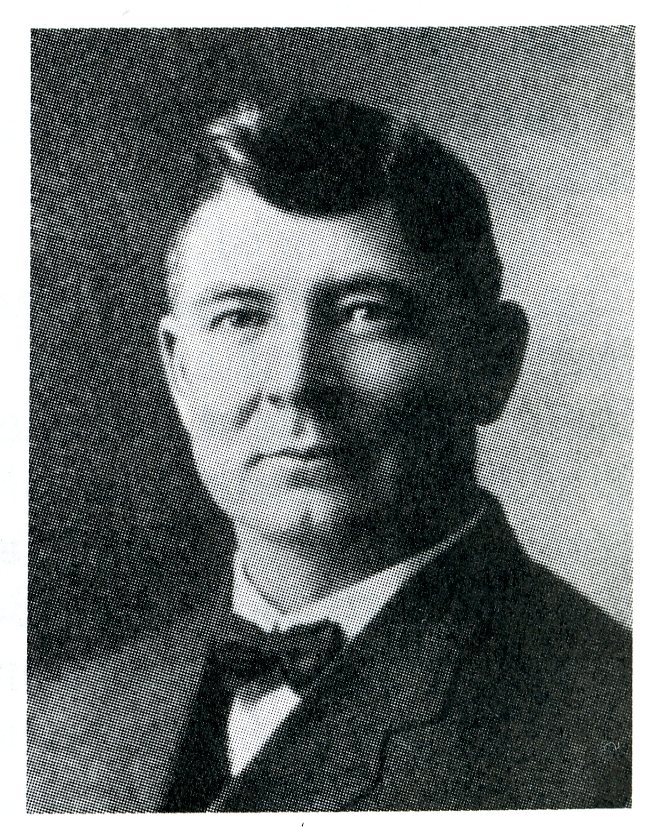
The acquisition of this unexpected gift in kind represented another significant milestone in the Campanile fundraising program. The Committee had thought that a clock mechanism would cost at least $10,000. Now, that money could be re-directed to other Campanile expenses. A certain amount of fundraising pressure was reduced, though the target figure for the total cost of the project was reported at $60,000 later that spring. As school closed in May 1925, the College Eye reported that students had pledged an additional $4000 for the project.
The cornerstone of the Campanile was laid on June 1, 1925, in association with Commencement exercises. Fred C. Gilchrist, a son of the school's first president, James Cleland Gilchrist, spoke at the Commencement breakfast. Following his address, the College Band led a procession to the building site. Professor Wright gave the invocation. Then President Seerley introduced Pauline Lewelling Devitt, a member of the Board of Education. Mrs. Devitt was the daughter of Lorenzo D. Lewelling, who was head of the Normal School Board of Directors that hired Homer Seerley in 1886. She and Superintendent of Buildings and Grounds James E. Robinson laid the cornerstone. Then Mrs. Devitt gave an address which paid special tribute to the forty years of work at the college by Homer Seerley. She compared him to Moses leading the Israelites through the wilderness.
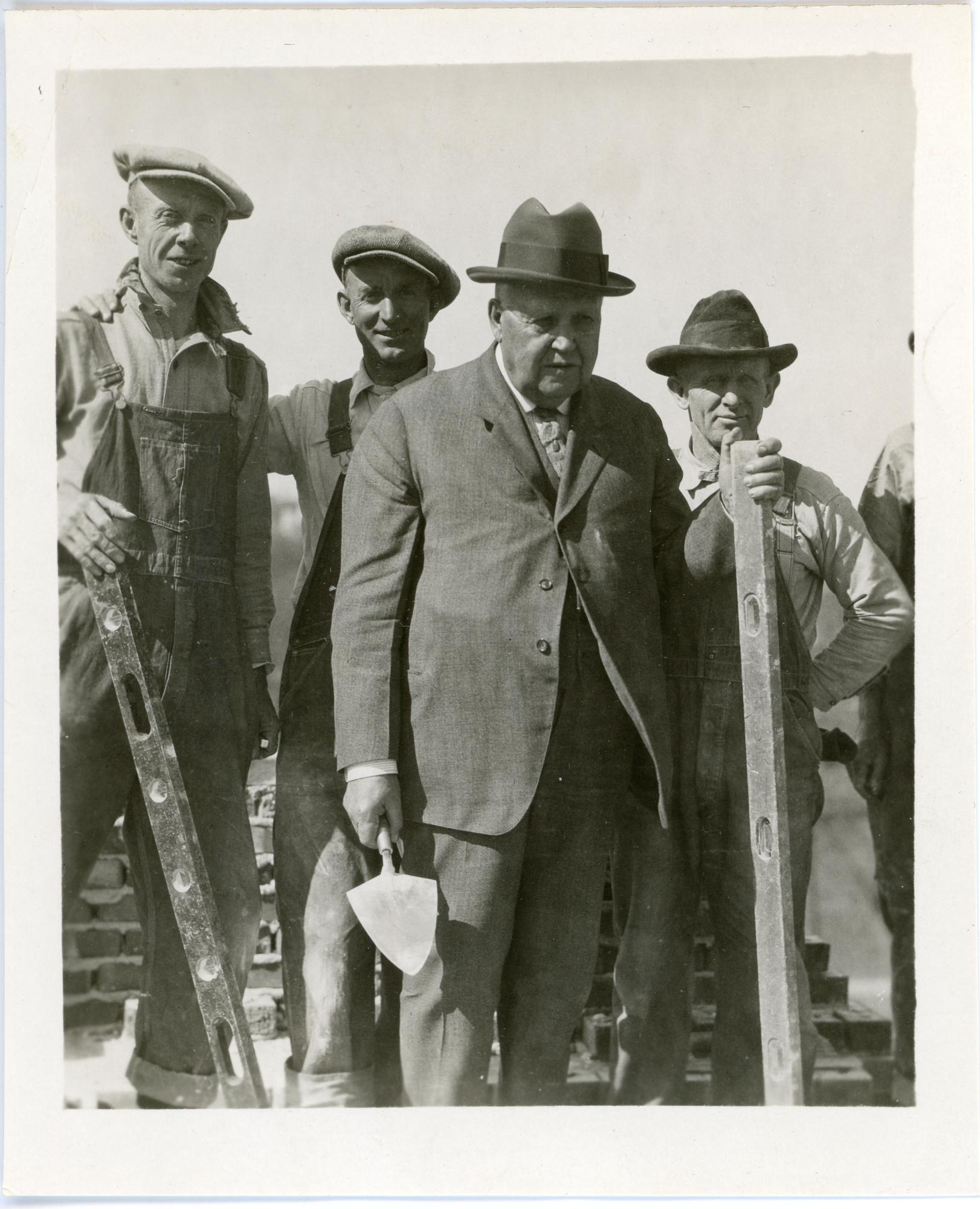
Mrs. Devitt and Mr. Robinson had placed the cornerstone on a base of reinforced concrete that was twenty-four feet square and six feet deep. This foundation would support a tower that would be about 101 feet tall. The walls of the UNI Campanile would range from twenty to thirty-seven inches thick. The building materials would come from several midwestern sites: the granite base from Sauk Rapids, Minnesota; the brick from Rockford, Illinois; and the limestone from Bedford, Indiana. The brick would be laid in an English cross bond pattern. The inscription on the base of the structure, suggested by college alumnus and Business Manager Benjamin Boardman, would read: "In Memory of Founders and Builders of Iowa State Teachers College." The projected dedication date was May 31, 1926.
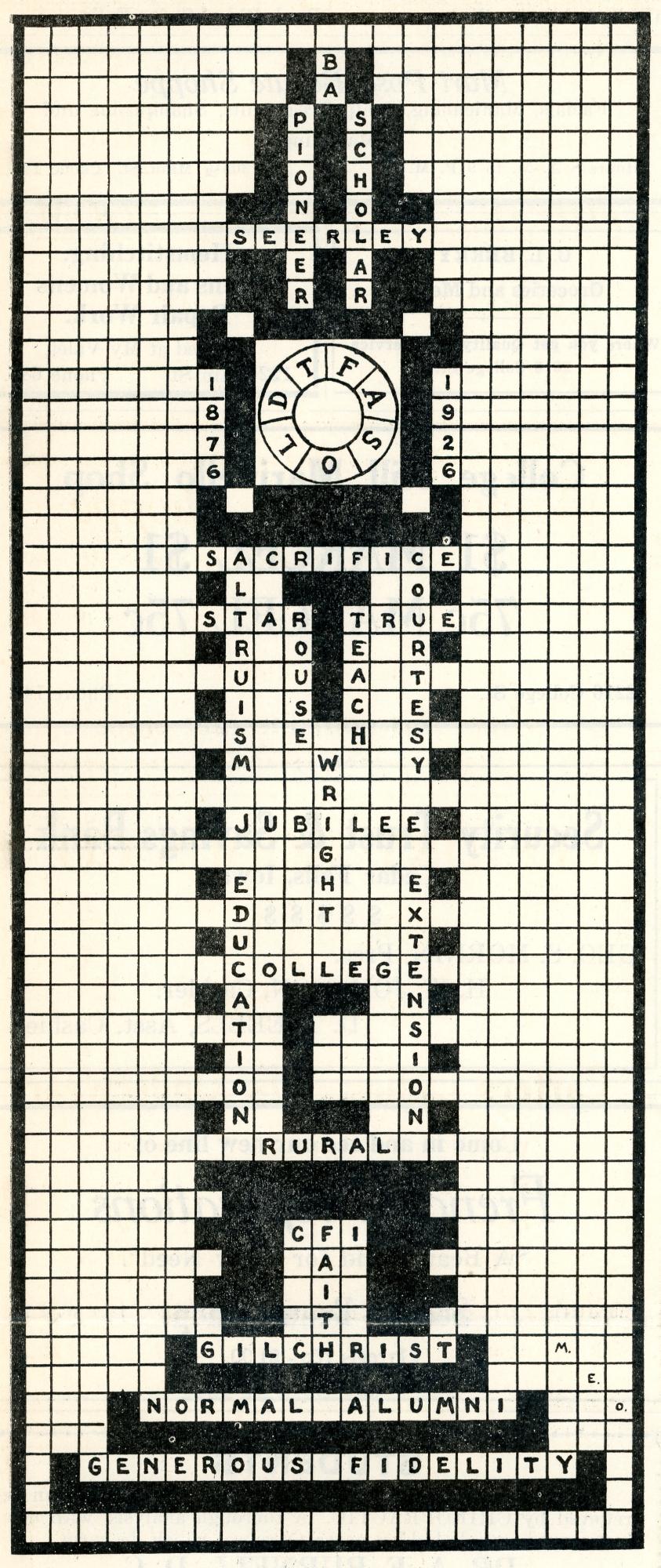
By late September, 1925, the college was putting together a fiftieth anniversary celebration that would feature the Campanile as well as a pageant, with "hundreds of characters in costume, orchestra, choruses, dancing, and unique lighting effects . . . ." James Schell Hearst, later a member of the English faculty and a distinguished poet, would write that pageant, The Spirit of Fifty Years. In January 1926, Secretary Boardman reported that the cash fund had reached $17,000. Professor Fuller and his committee had begun to focus on the bells that would be hung in the tower. He hoped to have sufficient funds to purchase a set of fifteen bells ranging in size from 450 to 5000 pounds. The bells would be played both by a manual console in the tower and by a remote electric keyboard. By February the bells were being cast by the Meneely Company of Watervliet, New York. There would be, as planned, a chime of fifteen bells. The contract price for the bells was $22,500, including installation in the Campanile. Later sources indicate that the total bill was about $25,000. While plans remained for a remote, electrical keyboard, at least initially the bells would be played manually by a console in the tower. The College Eye published an illustration and a surprisingly detailed description of a console in March. Despite the relatively limited two octave range of the fifteen bells, college officials seemed to be assured that most music could be played on this chime. By mid-May 1926 the bells were ready to be shipped to Cedar Falls.
Construction did not move along as quickly as had been hoped. By June 1926 the tower was about two-thirds complete.
At that time, the completion date was projected to be August. By July, the clock faces were in place and work was progressing on the belfry. The belfry floor itself was complete by late July. That floor, which would support the massive weight of the bells, was a concrete slab fourteen inches thick. It weighed fifteen tons. The bells were placed on timbers at ground level for inspection.

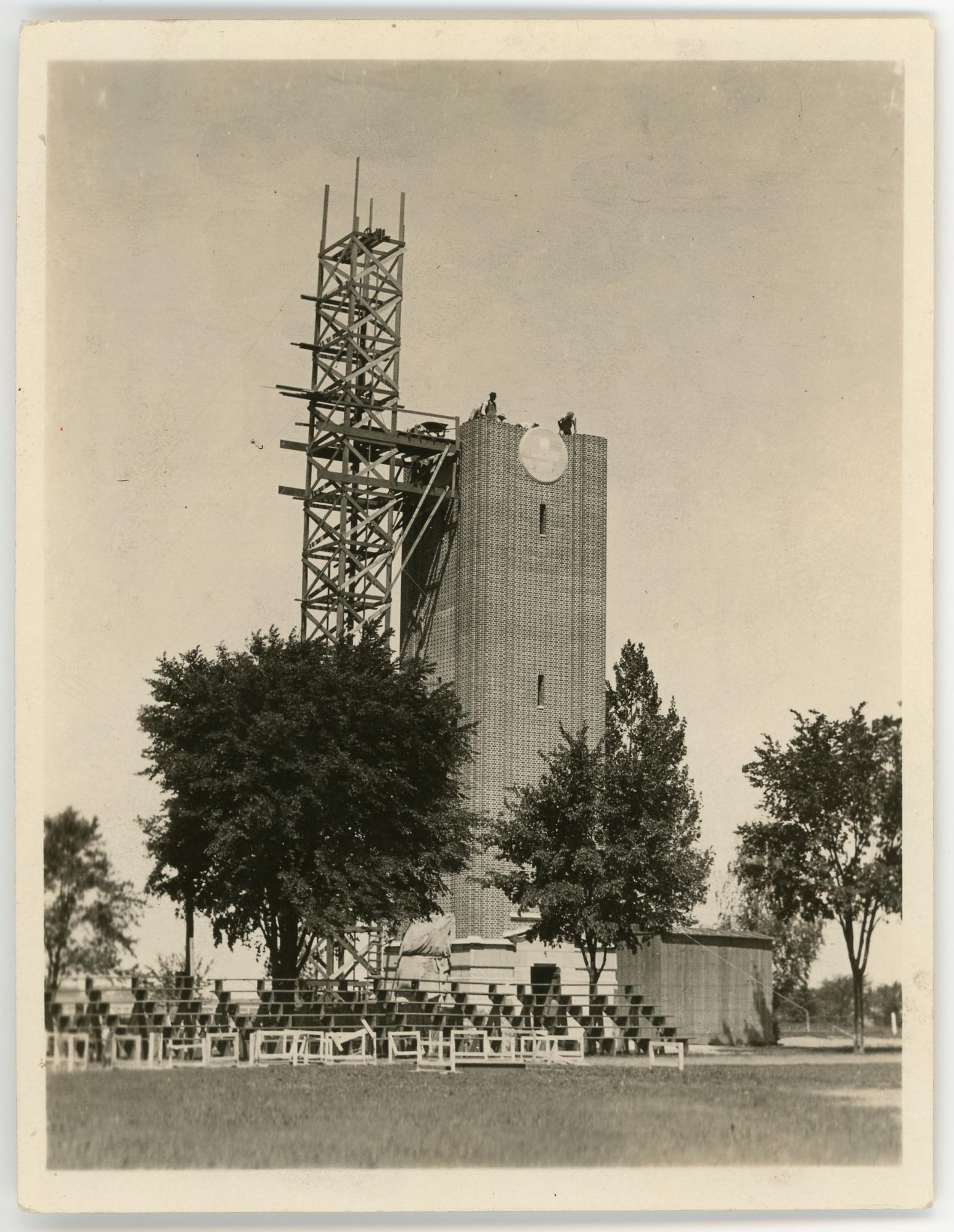
The remainder of the belfry work went quickly. In mid-September 1926, the Meneely Company mounted the bells in the belfry. The bells themselves were mounted in stationary positions; only the clappers moved. The bells were tuned and dedicated as follows:
- Bell 1--C--President
- Bell 2--D--Founders
- Bell 3--E--Citizens of Cedar Falls
- Bell 4--F--Schoolchildren of Iowa
- Bell 5--F#--Faculty
- Bell 6--G--Students and Alumni
- Bell 7--A--Our Wartime Heroes
- Bell 8--A#--Fathers and Mothers of Iowa
- Bell 9--B--Teachers in the Common Schools
- Bell 10--C--State Board of Education
- Bell 11--C#--Musical Organizations
- Bell 12--D--Dramatic Art
- Bell 13--E--Literary Societies
- Bell 14--F--Christian Organizations
- Bell 15--G--Athletic Activities
When the clock struck the Westminster change on the quarter hours, the bells dedicated to the President, the Schoolchildren of Iowa, the Faculty, and Students and Alumni would ring.
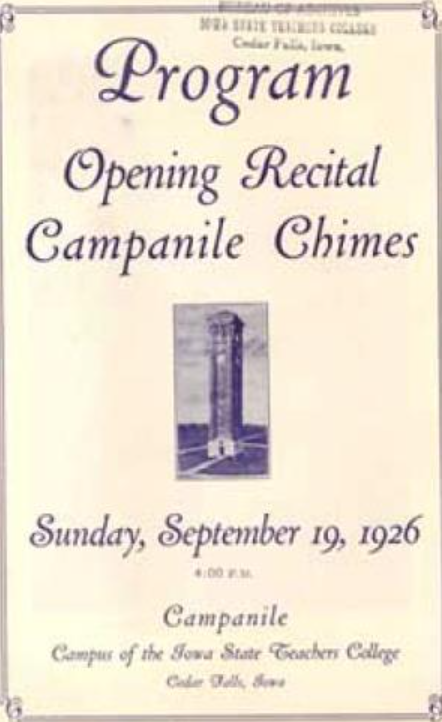
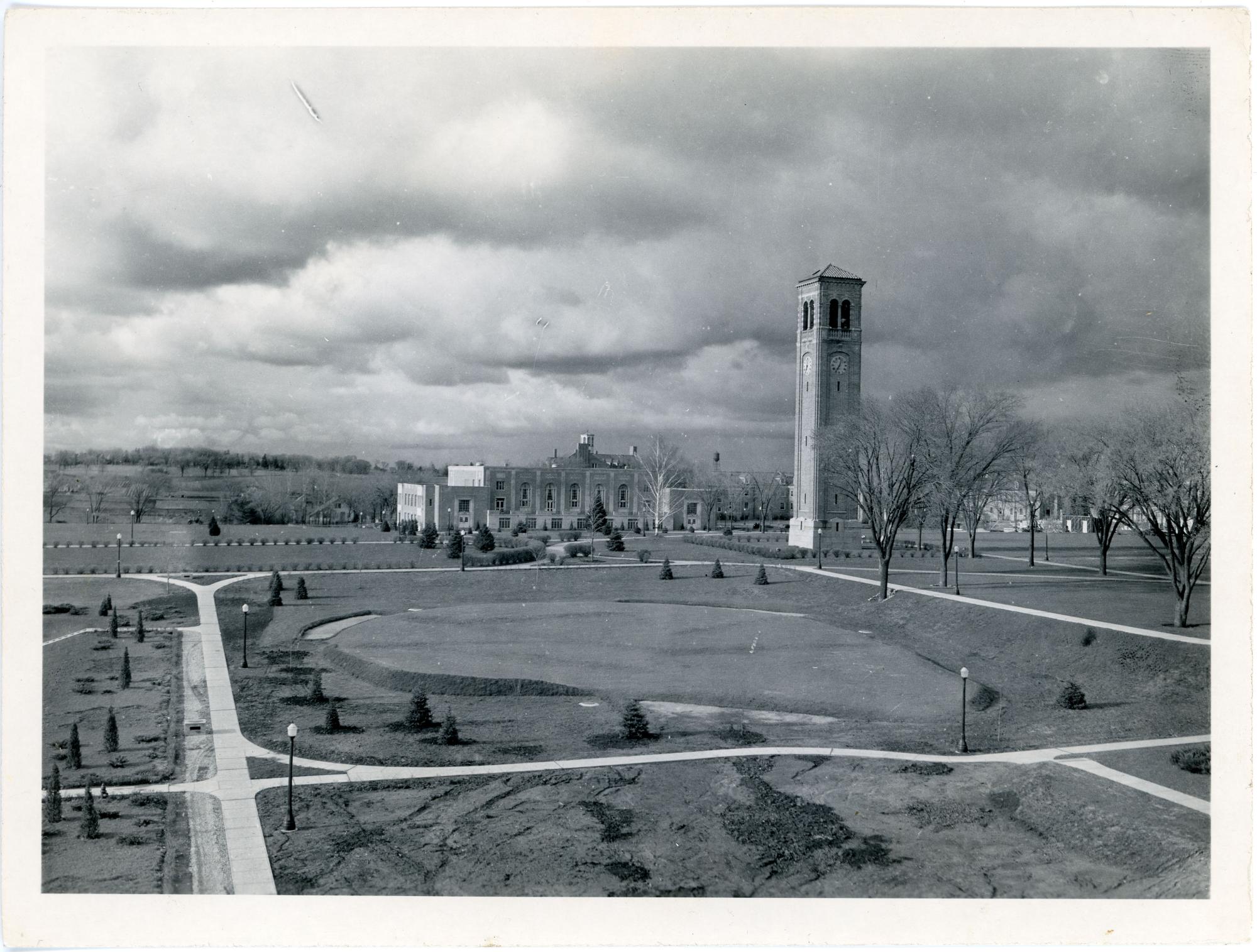
An Installation Program was scheduled for Sunday, September 19, 1926. The College Eye reported that 12,500 people, an enormous number, attended the program. Andrew Meneely, from the company that manufactured and installed the bells, performed a long concert of religious, folk, and patriotic music. He performed half of the concert on the manual console inside the Campanile and the second half on an electrical keyboard in the College Electrician's office. The music from the bells could be heard for blocks around campus.
At that point, everything except the clock mechanism was in place. Apparently, shipping a large clock mechanism from New York to Iowa in those days was not a simple matter. Most of the mechanism arrived on campus in November 1926, but several parts were damaged sometime in the shipping process. Dudley Fasoldt made replacement parts and, in May 1927, drove from New York to Iowa with the most delicate pieces.
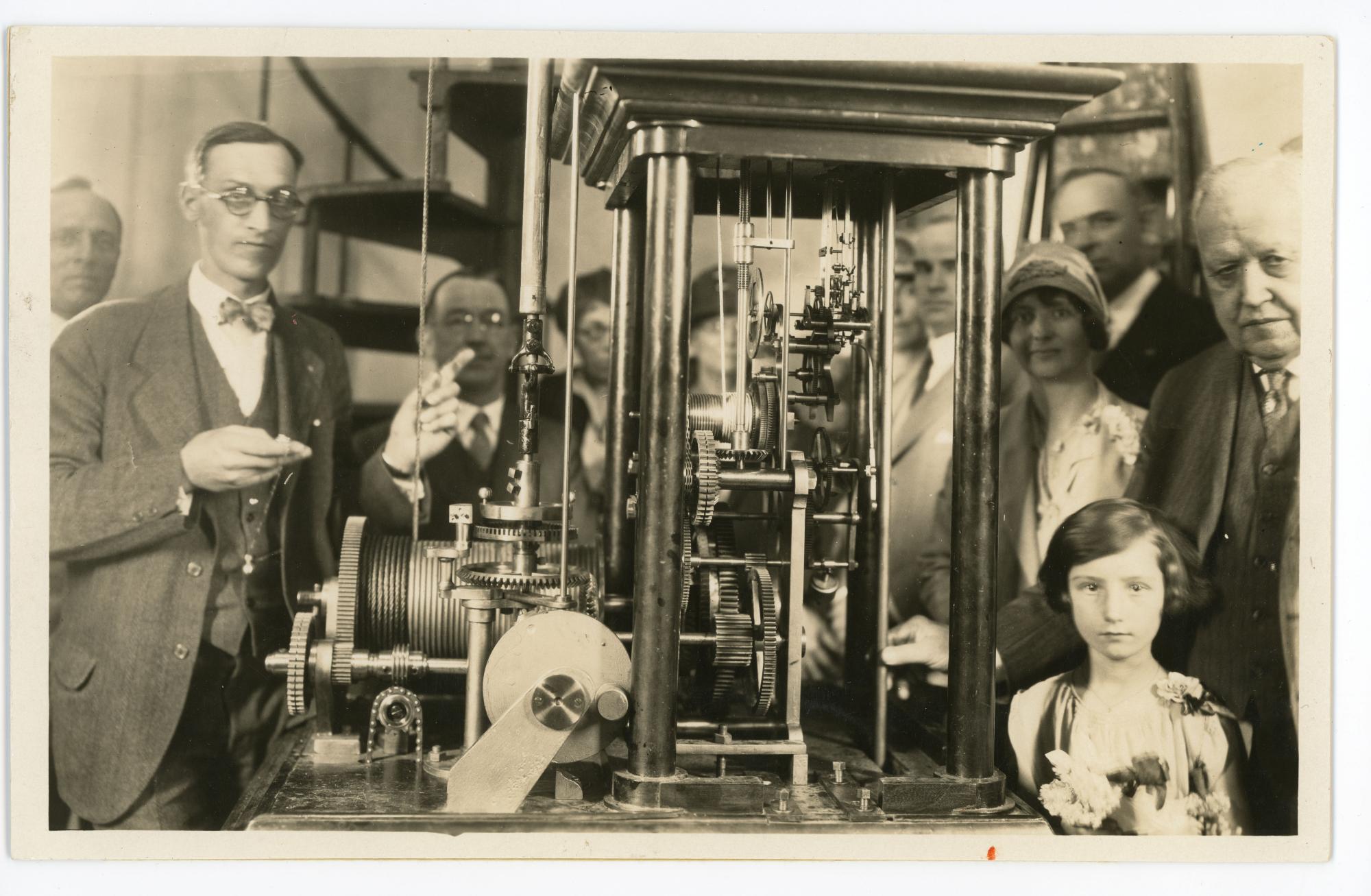
The four faces of the clock on the sides of the Campanile are seven feet across. The original wooden hands of the clocks were three and a half feet long. The bronze figures on the clock face are fifteen inches high.
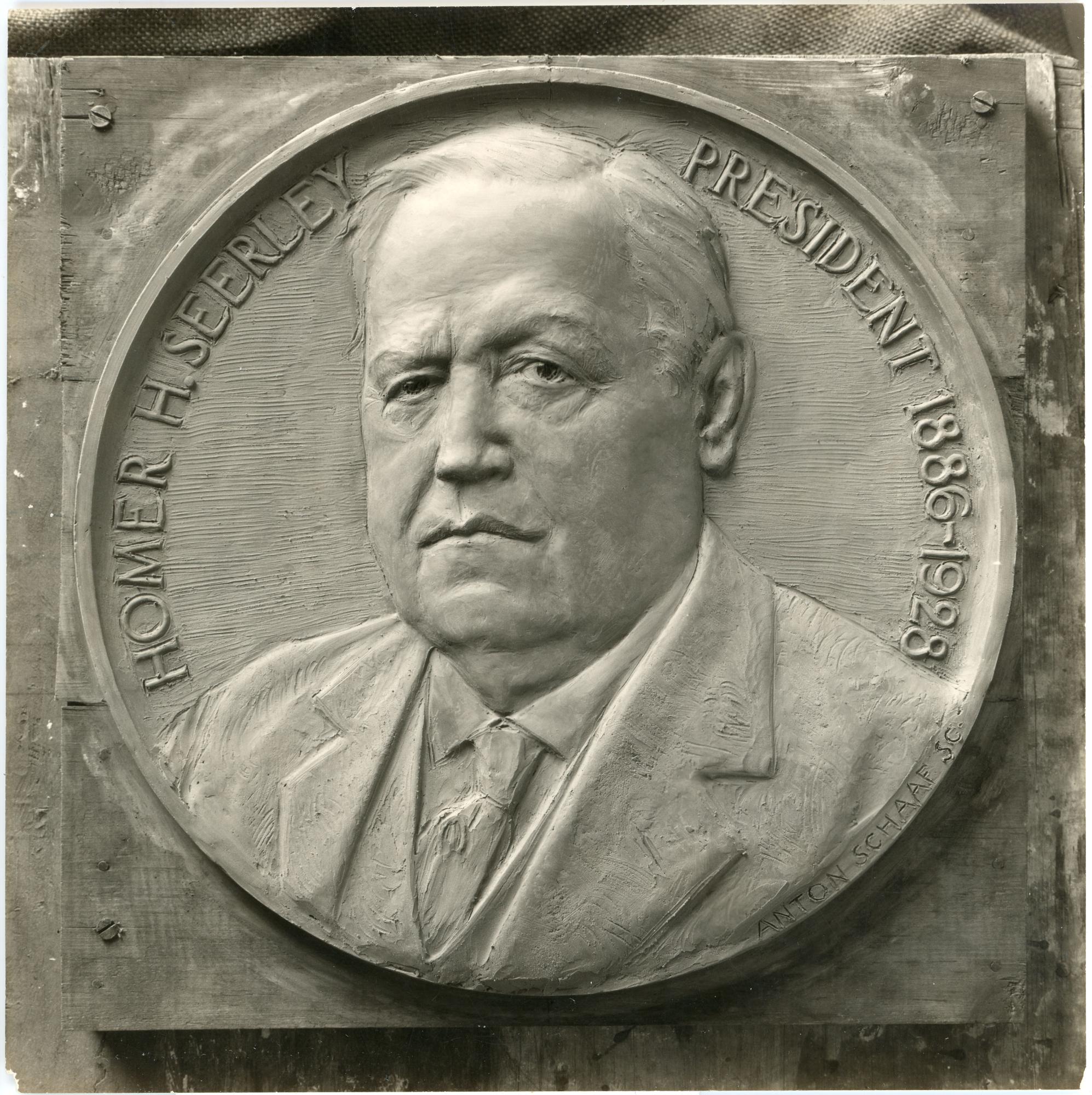
The Campanile quickly took on its intended memorial and iconic status. On Armistice Day, November 11, 1926, just weeks after the structure was dedicated, the Cedar Falls American Legion Post presented a bronze tablet commemorating the eight ISTC men killed in World War I: Clifford Stevens, Charles Wesley Chapman, Jr., Henry Booth, Ernest Hansen, A. E. Justesen, Walter D. Koester, Dwight L. Strayer, and Einar Nielsen. This tablet was to be placed in the Campanile. Several years later, at the time of his retirement, a bronze medallion of President Seerley was placed in what was called "The Memorial Room" of the structure.
In February 1927, President Seerley and the Campanile Committee sent "artistic reproductions", possibly retouched photographs, of the Campanile in winter to members of the Board of Education. The 1930 Teachers College exhibit at the Iowa State Fair included a painting of the Campanile by Katherine Rose of the Class of 1930. Within just a few years, the Campanile was becoming an intended and recognizable symbol of the school.
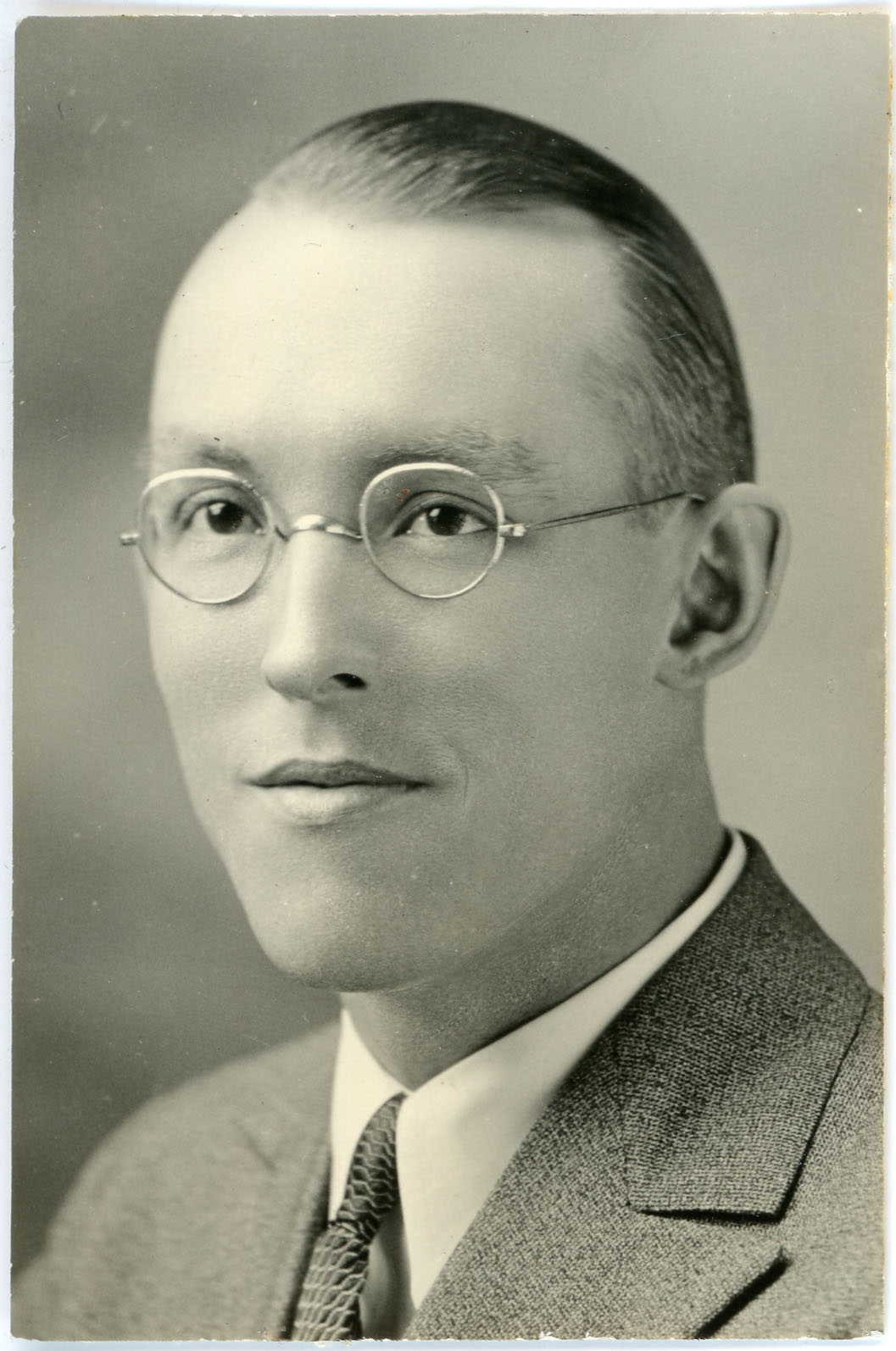
Even though late sleepers in nearby dormitories would occasionally complain, the campus began to enjoy the short, daily concerts on the chimes. Music faculty member Irving Willis Wolfe was the first campus chime master. But he also trained students to play the chime: Pauline Johnson and Edna Wolfe, Professor Wolfe's sister, began to perform in January 1927. Professor Wolfe played on the manual console in the Campanile; the students played on the electric keyboard. The early arrangement for playing the chime seems to have been for students to play the brief, daily selections. For this work, the student chimers received $10 per month. Professor Wolfe would perform longer, more professional, concerts, typically on Sundays. The repertoire included sacred, folk, and patriotic tunes.
The Campanile was still not quite paid for. In July 1927, the Committee reported that it had spent $50,647.59. It had collected about $42,000 in cash and had about $4000 in pledges still unpaid. It needed about $8000 more to be debt free. Interest on the debt accrued at the rate of about $5 per week. That debt was paid off by 1930.
Despite its impressive credentials, the Fasoldt clock mechanism began to have problems within a few years. Perhaps it was not made to withstand exposure to moisture and temperature extremes. In any case, in the summer of 1932, the Campanile roof was improved to repair storm damage and to prevent moisture from getting down to the clock mechanism. Fine screens were installed in the belfry to keep pigeons and sparrows out. A wood and glass case was constructed to shield the clock mechanism. Electrical systems were modified to accommodate the shift from direct to alternating current in the campus electric supply. The Westminster change that rang on the quarter hour was modified to be struck entirely by electricity; this modification made it possible for quarter-hour changes to be switched off if a concert were in progress. Prior to this improvement, performers had had to stop playing to allow the quarter-hour change to be struck. Also, the area where the clock mechanism was housed would be heated to reduce the moisture that affected the clock's accuracy. In the spring of 1933, the granite foundation blocks were tuckpointed to repair frost damage.
The change to alternating current caused a major problem for the Campanile. Apparently, the diminished voltage of alternating current did not provide enough power to the electric keyboard for the bells to be struck sharply. The sounds produced from the electric keyboard were slow, sonorous, and out of tune. Consequently, until better electrical equipment could be installed, all performances had to be played on the manual console. This was hard physical activity, compared by some to playing football. Student chimer Fred Feldman developed seven blisters on one hand in the course of his short daily performances in 1934.
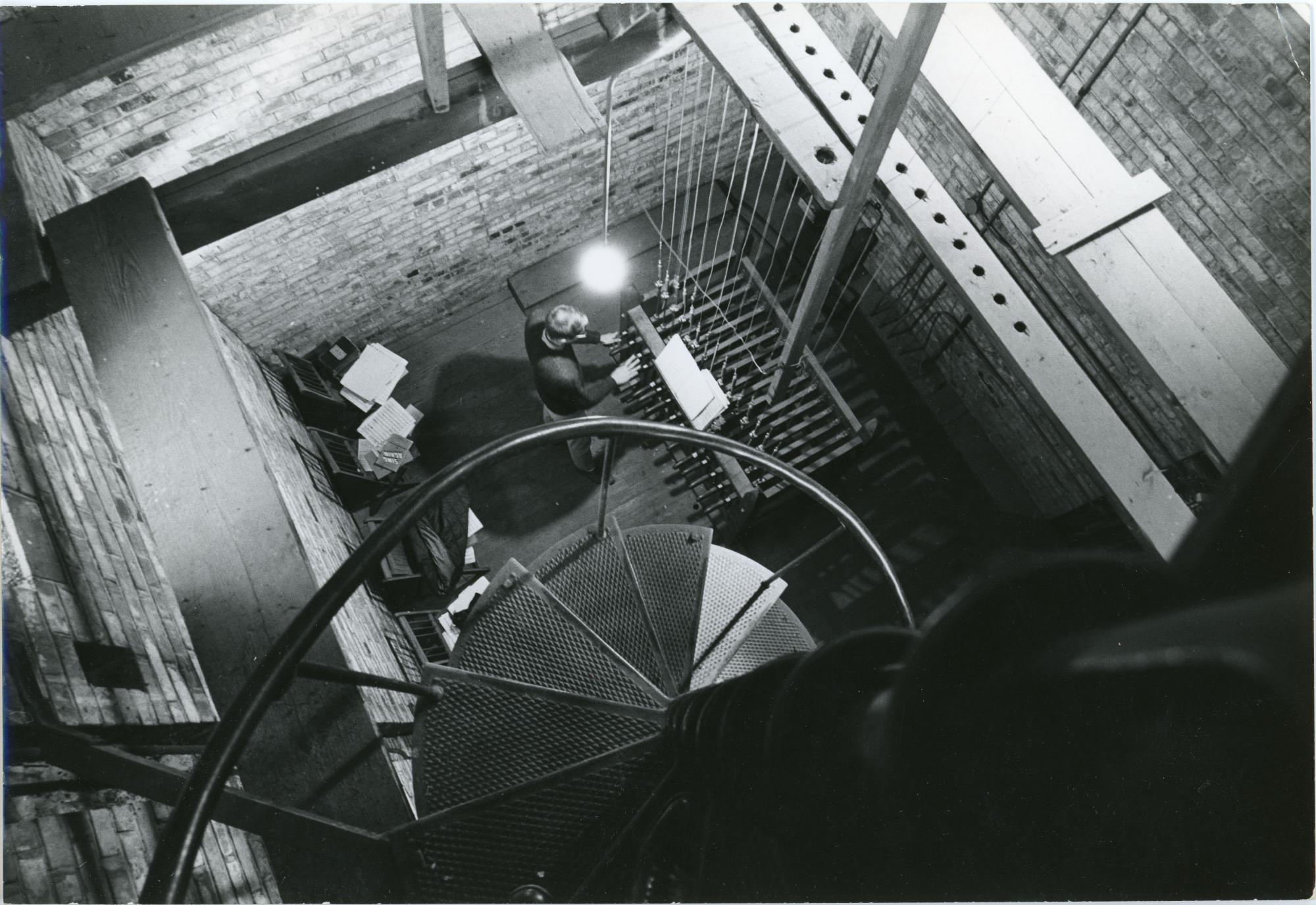
In 1938 President Latham had the Campanile wired for amplified sound. Football game announcements, concert recordings, and other material could be heard more easily across campus. By 1939 the Campanile, the tallest structure on campus, began serving another purpose. A red light was mounted on top of the Campanile as a signal to the night watchman. When someone at the Power Plant, which was staffed at all times, switched on the light, the watchman would find a telephone, call the Power Plant, and learn what the problem was. In 1941 the chiming mechanism underwent repair. The following summer the mechanism was silenced while masons repaired damage caused by lightning, which had struck the tall tower and loosened bricks from top to bottom.
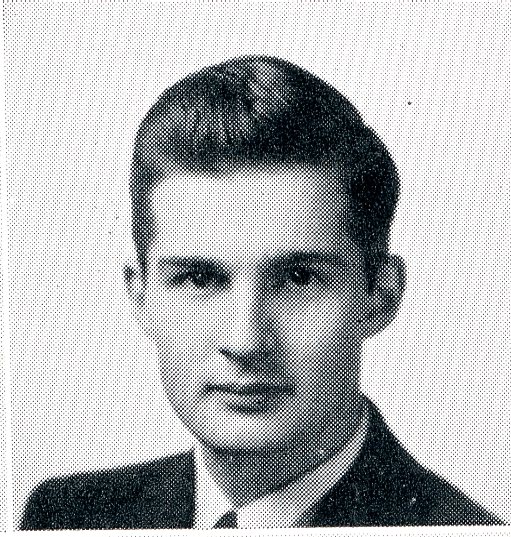
Students continued to find the Campanile a subject of great interest. The student newspaper featured a continuing stream of articles about it over the years. Just about every year there was a feature story on the student who played the chimes. One student chime player, William Jochumsen, even asked students to let him know what tunes they would like to hear him play.
In 1942, a physical plant staff member offered tours of the tower. Those who took the tour would have seen that the ground floor held memorial displays. The next level held the Fasoldt clock mechanism and the change ringing devices. In the level above that was the playing console. The levels were connected by a spiral staircase. In 1944 a part in the change ringing device burned out. Consequently, only three of the quarter hours rang until the appropriate copper wire, in short supply during the war, could be replaced. All four quarters did not begin ringing again until 1949.
The matter of the clock's accuracy was a topic of continuing interest in the days when women had "hours": that is, when women had to be back in their dormitories by a specific time. Officials repeatedly warned students that the campus electrical clock system was the "real" time; the clock in the Campanile was not. In 1946 college officials declared that the Campanile clock was in "failing health"; they began to plan for a way to coordinate it with the campus clock system. In 1951 the clock received a new striking unit that was set up to strike only the hours rather than each quarter hour. By 1953 the Campanile clock was connected to the campus system. Still, over the years, students continued to complain that the time on the four clock faces did not match, or that the hands on one clock face were stopped for weeks on end. In 1956 the steam pipes in the Campanile were re-fitted in yet another attempt to make the clock work better.
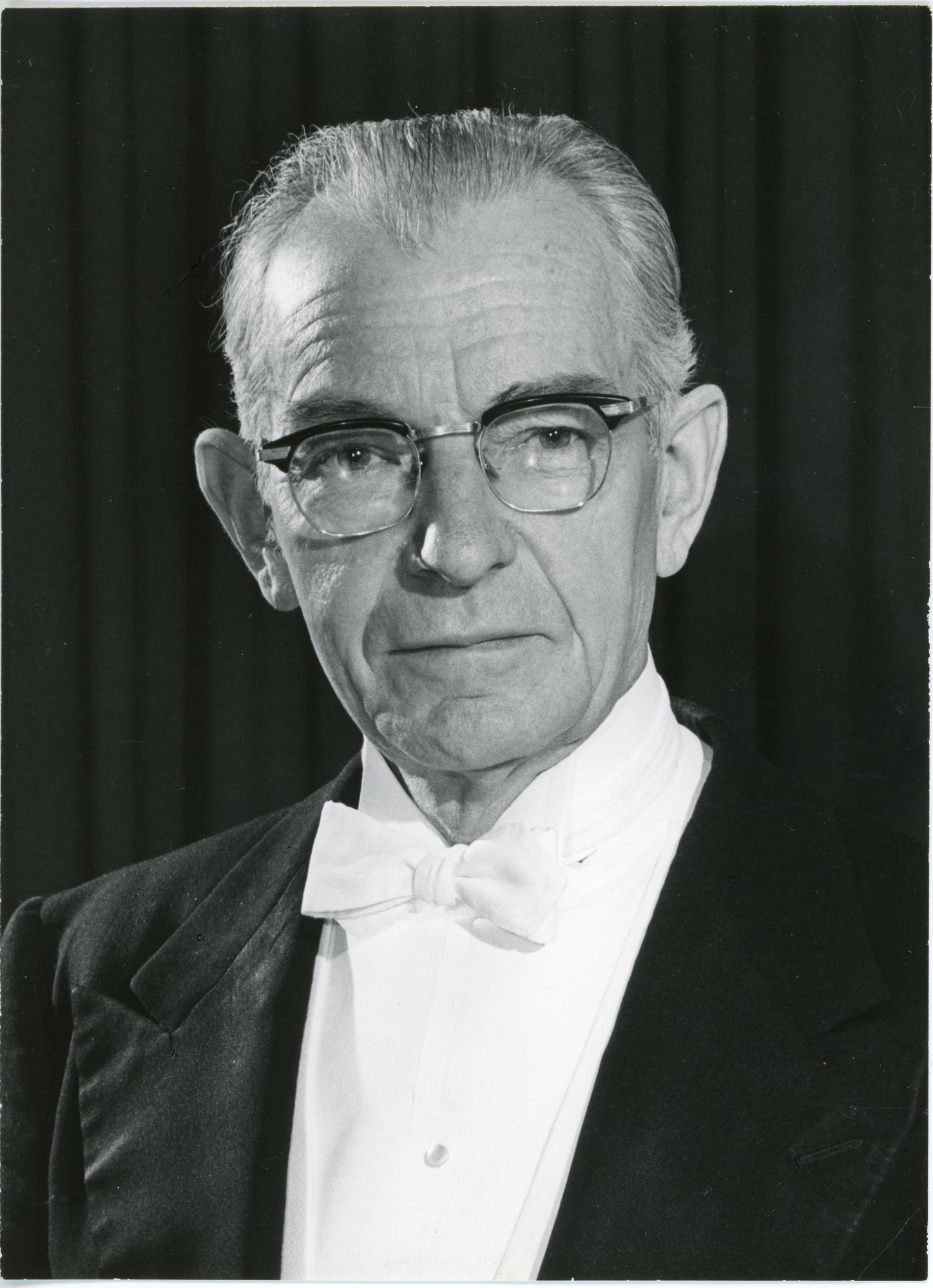
For forty years college officials maintained that the bells in the Campanile, despite their relatively limited range of just under two octaves, did allow for a reasonable variety of music to be played. But in 1965, Professor Myron Russell, head of the Department of Music, wrote to the directors of the Alumni Association:
"For many years I have thought that an addition to our bell set would be one of the most worthwhile projects that the alumni could undertake. It is true that we do not need this to further our classroom educational program; however, for the over-all atmosphere of the campus and what it stands for, this addition would be most desirable. The present set of bells permits the player to play in only certain keys, and even some melodies that are written in what appears to be a playable key include a transient modulation which our bells often do not cover. Also, the number of our bells and the mechanical principle used in playing, permits the playing of only two part music when most of the time full four-part harmony would be highly desirable."
The directors of the Alumni Association agreed with Professor Russell. They brought in a representative of the I. T. Verdin Company to put on a demonstration using a portable four-octave carillon. They were impressed by the possibilities that this wider range offered. Consequently, they recommended that the SCI Foundation consider the purchase of additional bells:
- if the existing bells could be integrated into the range of the new bells;
- if the Campanile could physically accommodate the new bells;
- if the Foundation could afford it.
The initial projected cost was about $25,000 for an additional thirty-two bells.
Plans for fundraising got underway quickly. The Alumni Association intended to solicit graduating classes back to 1926. The Class of 1966 made plans to raise about $1000 to purchase one bell as its class gift. A College Eye editorial writer wondered if this was the best use of Foundation funds. He urged students to "vote" by contributing or not contributing to the project. Other students grumbled that additional bells would only mean more noise at times when they were trying to sleep. This recurrent complaint largely disappeared once the university ceased using Baker Hall as a dormitory in 1970.
The Foundation liked the project, but asked the Alumni Association to inform alumni about the project and its cost and to allow alumni to express their interest in the project by making pledges. If there were sufficient pledges by December 1967, the Foundation would back the project. An article in the Alumnus outlined potential costs:
- Thirty-two additional bells--$8385
- Steel framing for re-mounting all bells--$4950
- Keyboard console--$1400
- Linkage connectors--$4950
- Clappers--$1650
- Installation--$3000
- Practice keyboard--$275
- Total--$27,085
The Alumnus article made a strong pitch for the new bells and the mechanisms that controlled them. The article included a letter of support from President Maucker, in which he acknowledged that re-fitting the Campanile was not as urgent as raising faculty salaries, increasing student aid, or building new facilities. Still, he argued, "the college needs symbols and traditions and aesthetic elements which are not of immediate practicality but which have an influence over a long period of time on many generations of students." A certain amount of grumbling persisted in the spring of 1966 among some students who believed that they had not had an opportunity to participate in the decision on the class gift. But, grumbling aside, by May 1966, students had pledged about $900 and alumni had pledged about $3000 to the project. The Foundation took confidence from this total and endorsed the project to add bells and re-fit some of the playing mechanisms in the Campanile.

With Foundation endorsement, fundraising became more serious and intense. A "telefund" drive concentrated on three cities: a group headed by Mr. and Mrs. Robert Beach contacted Cedar Falls alumni; a group headed by Mr. and Mrs. Perry Grier contacted Waterloo alumni; and a group headed by Gene Lybbert contacted Des Moines alumni.
They raised a total of about $2600. By February 1967 the Alumni Association reported that about 18% of what was now a $32,000 project goal had been raised. By May 1967 the drive had reached the half-way point. Officials hoped to be able to let contracts for the work by December and to have the work done by Commencement in June 1968. In December 1967, with over $30,000 in the fund, Walter Brown, President of the UNI Foundation, signed a contract with the I.T. Verdin Company of Cincinnati, Ohio, for new bells and associated work. The bells would be cast by Petit and Fritsen Bell Foundry in the Netherlands. The bells would be shipped around April 1, 1968. Classes that met the $1000 fundraising goal would have their year inscribed on a bell. Over five thousand people contributed to the project, which eventually raised about $34,500.
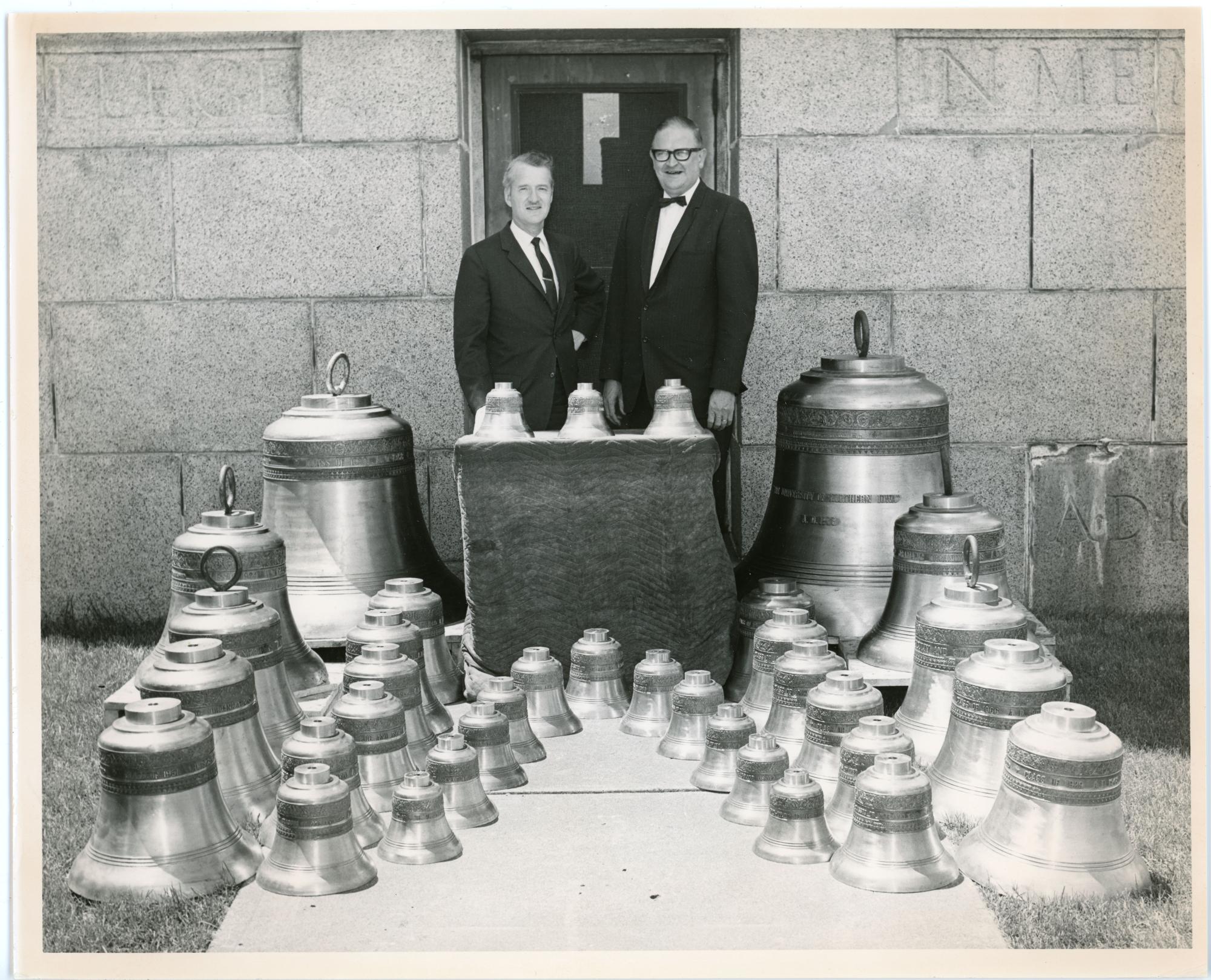
According to the Alumnus of February 1968, thirty-five bells were purchased: thirty-two new bells and three bells to replace old bells that were out of tune. The net number of bells would make up a forty-seven bell carillon. In preparation for the new bells and the installation of a new console, the bells and the clock were stopped in April 1968. There was some agitation to save one of the large, old bells, the out-of-tune F bell, as a campus Victory Bell. By July 1968 the new bells, steel frames, console, and striking mechanisms had been installed. The UNI Foundation declared:
The 47-bell carillon will serve as a symbol of recent progress at UNI. It will reaffirm our thanks to the 'Founders and Builders' of UNI memorialized by the Campanile; and it will proclaim our loyalty to the University of Northern Iowa to generation after generation of future Alumni.

Other parts of the Campanile were remodeled in this project. The ground floor became a reception room for alumni. It was paneled with wood from campus elm trees killed by Dutch Elm Disease. The next level became the memorial room. The playing console was moved upward to be closer to the carillon.
The new carillon was dedicated during Homecoming activities in 1968. Wendell Wescott, carillonneur at Michigan State University, presented concerts at 12:30PM and 4.30PM, Saturday, October 19, 1968.
A new era for another aspect of the Campanile had also begun at about this time. In 1967, carillonneur John Steffa began teaching Robert Byrnes, then a UNI freshman, to play the carillon.
Mr. Byrnes became the UNI carillonneur in 1972 and continued in that post until his death in 2004. He was more closely associated with the Campanile than anyone else ever has been or ever will be. He was interviewed dozens of times by campus and local reporters, who seemed endlessly fascinated with the peculiarity of performing on such an odd instrument. In 1977, after two years of study with Richard von Grabow of Ames, Iowa, Mr. Byrnes performed his master's degree recital on the Campanile carillon. He went on to perform in national and international carillon competitions over the years. On June 23-24, 1980, he hosted the meeting of the Congress of the Guild of Carillonneurs on the UNI campus.
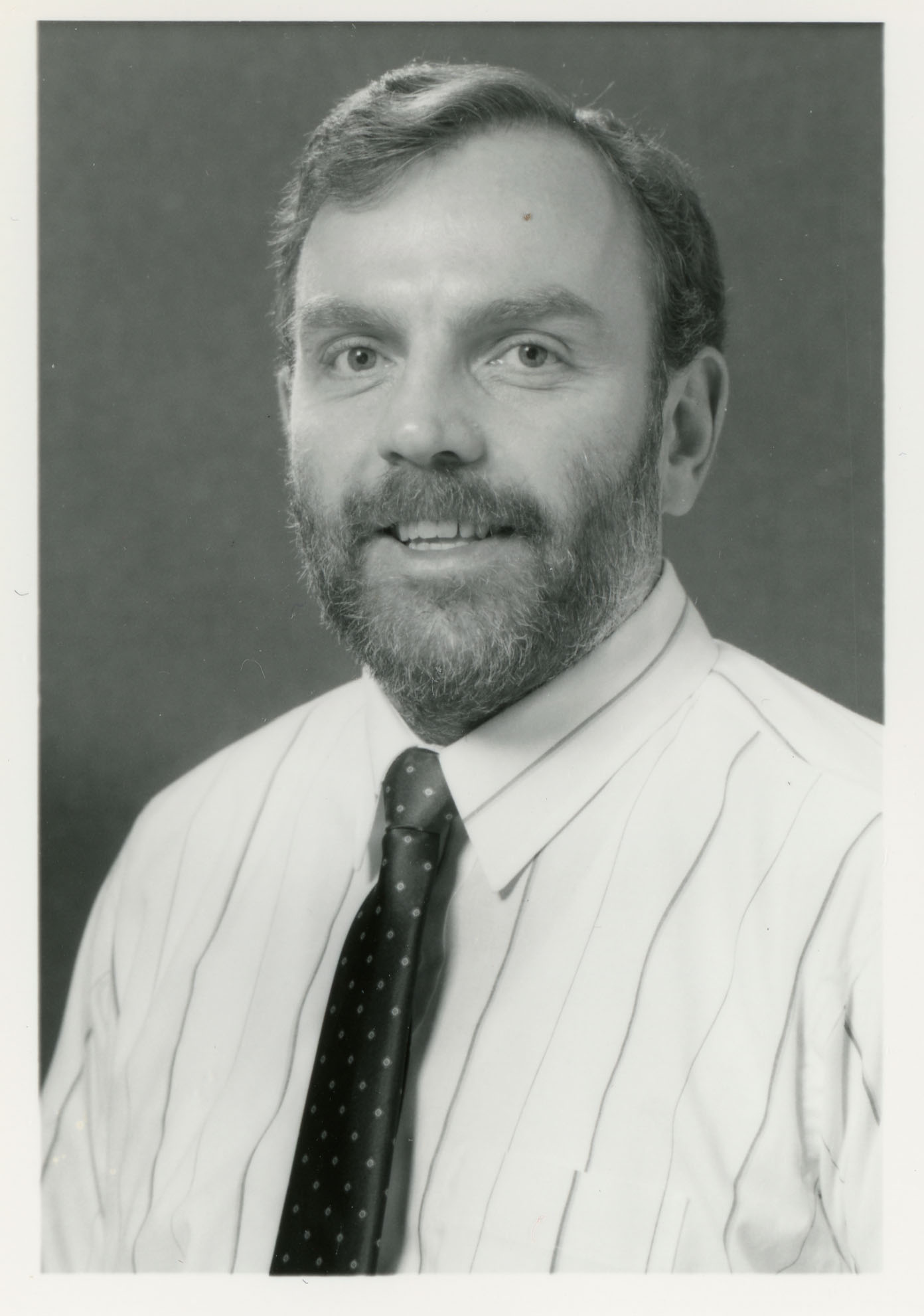
Mr. Byrnes also learned to make minor repairs on the carillon as they became necessary. But by 1983 there was a list of more serious repairs that needed attention. Late in the summer of 1983, bids went out for a project that would be budgeted at about $50,000. Support for the project would come from the Campanile Fund, the Chapel Fund, and the Student Building Fund. Work would include a new console and adjustable bench, a new transmission system, clapper mountings, and insulator pads between the bells and the beams. Few people are skilled in repairing carillons. Specifications went to six companies; only one, the I. T. Verdin Company, responded. They were eventually awarded the contract. Work was scheduled for the summer of 1984. The Campanile roof was replaced that summer, but carillon renovation did not get underway until September. When that work was completed in late November, Mr. Byrnes said, "Ours is now among the finest-playing carillons in the world."
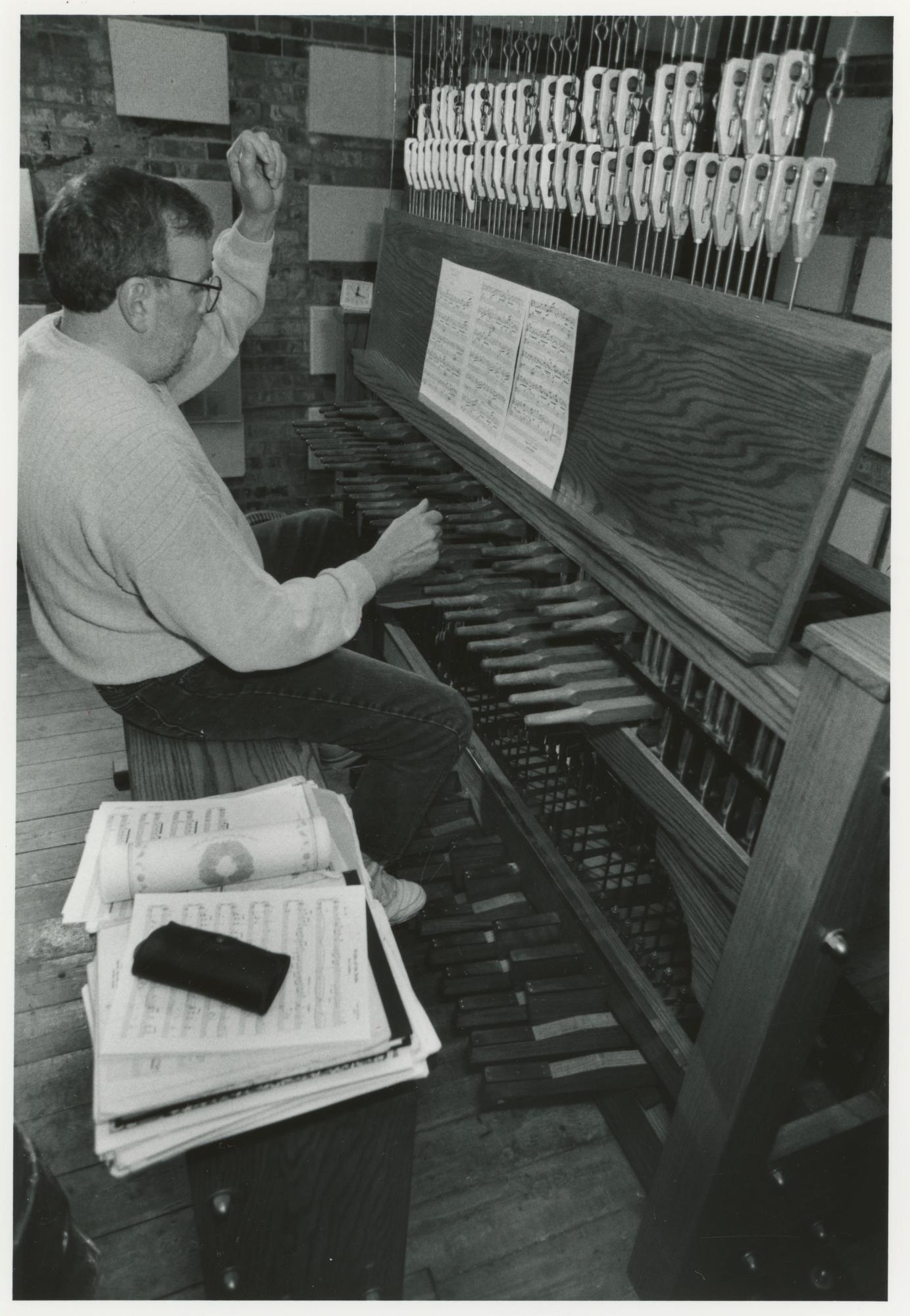
With the carillon in good shape, the physical structure of the Campanile needed work. The Class of 1989 selected structural improvements to the Campanile as its class gift. Over the years the masonry had cracked so that the outer shell was no longer watertight. Also, some of the granite base blocks had shifted. The Class of 1989 hoped to raise $55,000 for this work.
It took awhile for the work to get underway, but in the summer of 1993 work began on a major renovation of the Campanile. Masons reset the granite base, removed and then relaid most of the exterior brickwork, and paved the area below the Campanile to create an attractive plaza. That work was completed by the late fall of 1995.

Toward the end of December 1999, the clock motor quit working and the clock hands stopped. It took several months to receive a replacement motor, costing about $1500, from the I.T. Verdin Company. Physical Plant operations planner Paul Meyermann said, "The clock has been upgraded many times. The motor that went out is one of a kind."
After the death of Carillonneur Robert Byrnes on May 28, 2004, the carillon bells were silent. Many students who knew him were deeply saddened. Some who did not know him just missed hearing the bells. The university did not undertake an immediate search for a replacement, but in November 2005, Professor Kui-Im Lee and her organ students, Trevis Young, Jung-Min Lee, Mary McDonald, and Kimberly Cordray, began to play the carillon. They learned and practiced together. Professor Lee took lessons at Iowa State University from Professor Tin-Shi Tam. Their informal performances continued through the spring 2006 semester and concluded with a series of open air concerts. Guest artist Karel Keldermans, carillonneur at the Rees Memorial Carillon in Springfield, Illinois, played for the traditional Homecoming campaniling at midnight on October 8, 2004. He performed in concert the next day. Mr. Keldermans played again for Homecoming in 2005. He also appeared on April 27, 2006, to perform a concert. Organ students played recitals on the carillon the next day.
On September 18, 2006, there was an eightieth birthday celebration for the Campanile. Karel Keldermans again played the carillon. According to the article "Rejuvenating sound for Campanile is building's b-day present" from the Northern Iowan on September 15, 2006, the celebration marked the start of a campaign to solicit contributions to replace the D# bell, the practice keyboard, the console, and the clappers.
By early 2007, the UNI Foundation was supporting a $300,000 project that would include $80,000 for a new D# bell, $50,000 for a practice keyboard, $60,000 to replace the actual playing keyboard, and $23,000 for hardware to connect the keyboard to the bells. Professor John Vallentine, Director of the UNI School of Music, said that "It was really student government that started the main push . . . The students are behind this 110 per cent, especially the older ones who heard the instrument when they were freshmen and sophomores." In an article in the Des Moines Register, Karel Keldermans, who has played the carillon many times, said, "AT UNI, after I played, people came up to me and said it was good to have the carillon played again . . . It just becomes part of the musical and cultural fabric of the university."
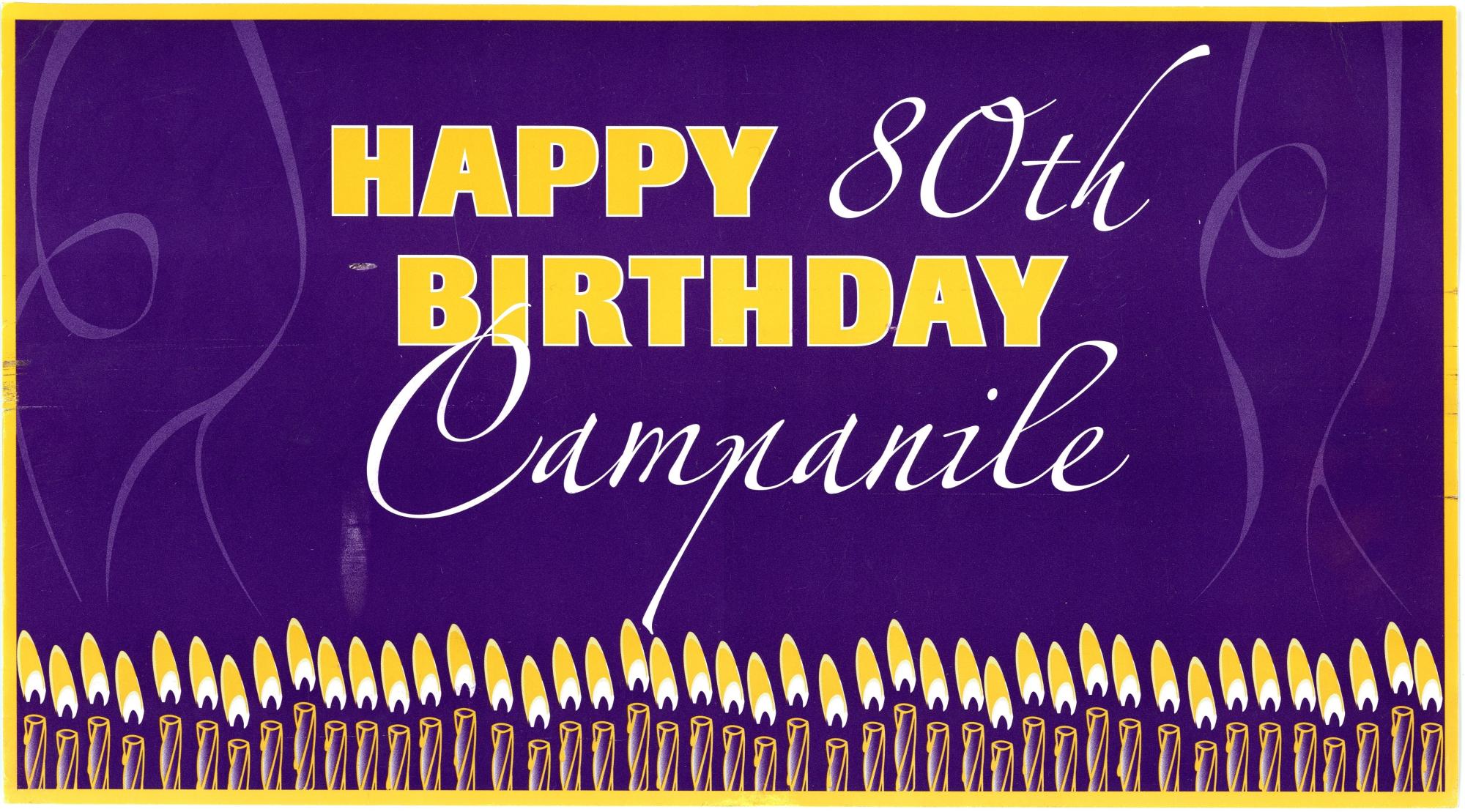
Customs and Traditions
Several traditions are associated with the Campanile. First, tradition has it that because there were formerly so few men on campus, a male student would call a woman student at random and ask her to meet him at the Campanile at a particular time. He would then wait in the bushes. If he did not like her appearance, he would leave her waiting, go back to his room, and set up a similar date with someone else.
According to another tradition, a woman did not become a full-fledged co-ed until she had been kissed at midnight under the Campanile. That tradition seems to have begun shortly after the construction of the Campanile. It was brought back to life in 1979 by the Alumni Association. Couples gather under the Campanile on the Friday evening of Homecoming week. At the stroke of midnight, the couples exchange kisses.

Summary
When the Campanile was built, it stood at the geographic center of the eighty-acre campus. It quickly became the most recognizable feature of the school. Though the campus has grown considerably since then, the Campanile remains figuratively at the center of campus imagery to this day. It is featured on the official UNI stationery letterhead. It is the most important piece of graphic design on the UNI Home Page. It appears in many campus publications. Its design, age, and carillon make it likely that the Campanile will need continuing and costly maintenance. In addition, replacing a talented carillonneur such as Robert Byrnes will be particularly difficult. However, its iconic relationship to the university should help to keep the UNI Campanile attractive and functioning well into the future.
For a partial list of those who have played the Campanile, click here.
Compiled by Library Assistant Susan Witthoft; edited by University Archivist Gerald L. Peterson, July 1996; substantially revised by Gerald L. Peterson, September 2006; updated, January 30, 2015 (GP). Updated by Library Associate Dave Hoing, April 2018; Photos and Citations updated by Graduate Assistant Eliza Mussmann, February 11, 2022.
